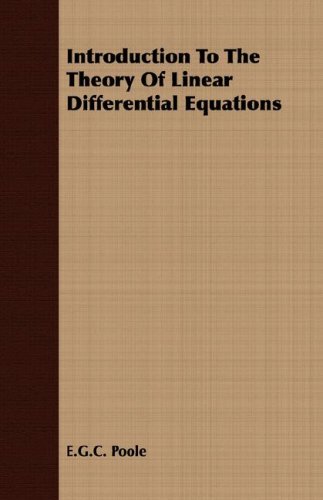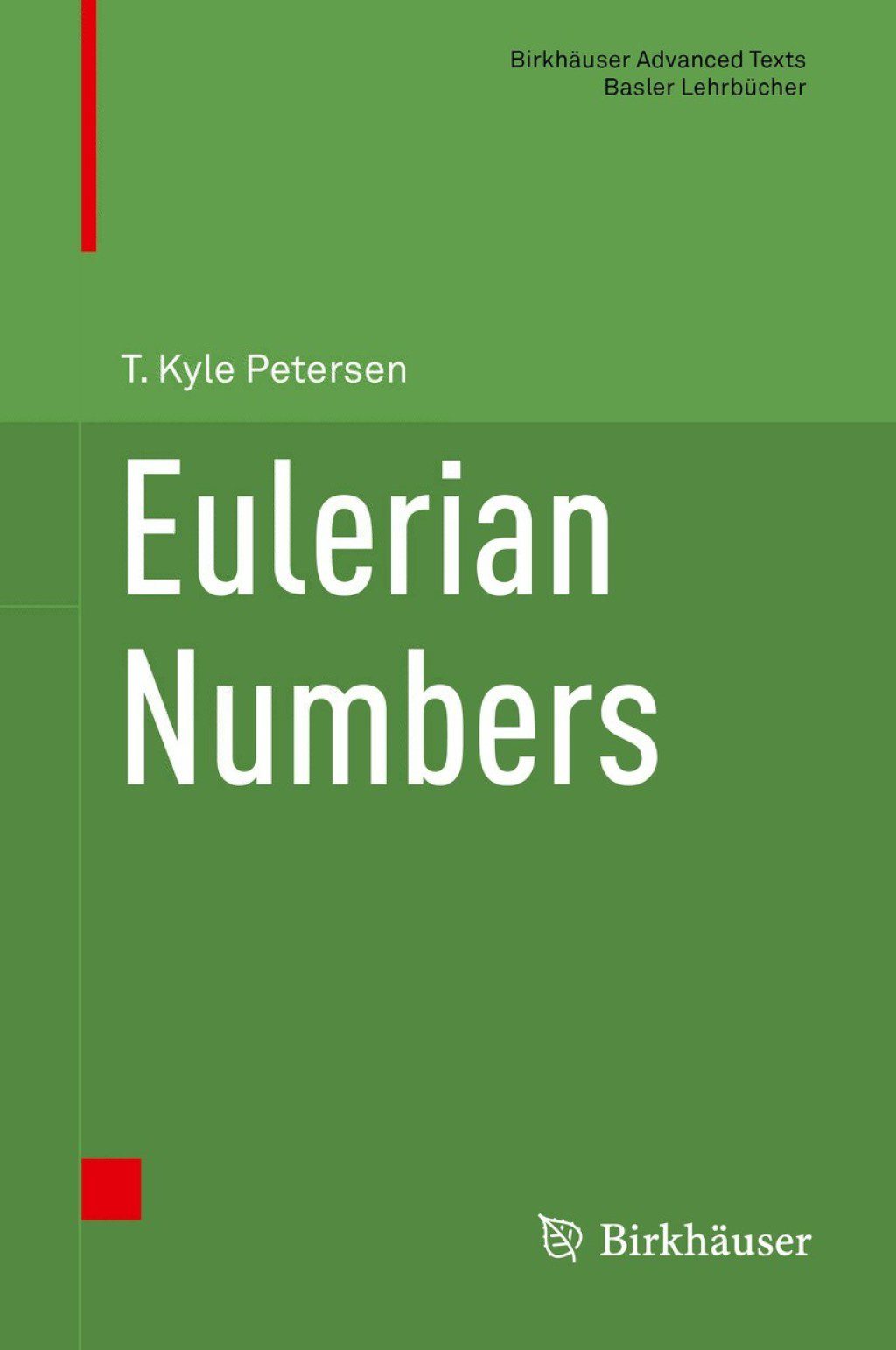E.G.C. Poole1406720089, 9781406720082
INTRODUCTION TO THE THEORY OF LINEAR DIFFERENTIAL EQUATIONS BY E. G. C. PODJLE Fellow of New College, Oxford OXFORD AT THE CLARENDON PRESS 193d Oui, 1 oeuvre sort plus belle Dune forme au travail Rebelle, Vers, marbre, onyx, email TH. GAUTIEB iZmaux et Camdes PRINTED IN GREAT BRITAIN PREFACE THE study of differential equations began with Newton and Leibnitz, and most of the elementary methods of solution were discovered in the course of the eighteenth century. Where a problem could not be solved in finite terms, expansions in power-series were tentatively em ployed by Newton. But the theory was not placed on a satisfactory logical basis until about a century ago, when Cauchy distinguished between analytic and npn-analytic systems, and constructed rigorous existence – theorems appropriate to each type. Ordinary linear equations, with which this book deals, have always attracted particular attention by their comparative tractability and their numerous practical applications. Extensive monographs have been devoted to many separate branches of the theory, such as spherical and cylindrical harmonics, expansions in series of ortho gonal functions, oscillation and comparison theorems, the Heaviside calculus, polyhedral, elliptic modular and automorphic functions. While some branches arose out of physical problems, others were created by the progress of the theory of functions and of the theory of groups. Many important ideas were first worked out in connexion with the hypergeometric equation by Euler, Gauss, Kummer, Rie mann, or Schwarz, and were then generalized by Fuchs, Klein, Poincare, and many other writers of the highest distinction. The present Introduction is based on lectures to senior under graduates at Oxford, and is designed for students who have already taken an elementary course of differential equations, but have not yet specialized in one of the more advanced branches. It is not a compendium of this vast subject to which no single author could do justice, but a selection of investigations of moderate length and difficulty, illustrating those aspects of it which are most familiar to myself. The first five chapters deal with properties common to wide classes of equations, and the last five are devoted to a more detailed examination of the hypergeometric equation, Laplaces linear equation, and the equations of Lame and Mathieu. I have not discussed systematically the equations of Legendre and Bessel, as there are so many admirable accounts of them in English suitable for students of every grade. On the other hand, I have thought it well to devote a chapter to equations with constant coefficients. I find vi PREFACE that candidates in university examinations have great difficulty in constructing the solution of such equations which takes assigned initial values, even when they can write down the complete primitive. A very slight sketch of Heavisides method should enable them to make short work of this problem, which is of great practical impor tance. Again, the theory of simultaneous equations with constant coefficients gives an excellent opportunity of introducing in an easy context the notion of invariant factors, which is of fundamental importance in the Fuchsian theory. The short bibliography and the footnotes serve both to acknow ledge my debt to the authorities and to guide the more ambitious reader. Besides some of the great classical memoirs and the systematic treatises of Forsyth, Heffter, and Schlesinger, the books from which I have learnt most are Kleins lectures on the icosahedroii and on the hypergeometric function, the masterly summaries of the general theory in the works of Goursat, Jordan, and Picard, and the studies of particular equations in Whittaker and Watsons Modern Analysis. Those vho wish to learn more about existence-theorems should con sult the recent work of Kamke… | |







Reviews
There are no reviews yet.